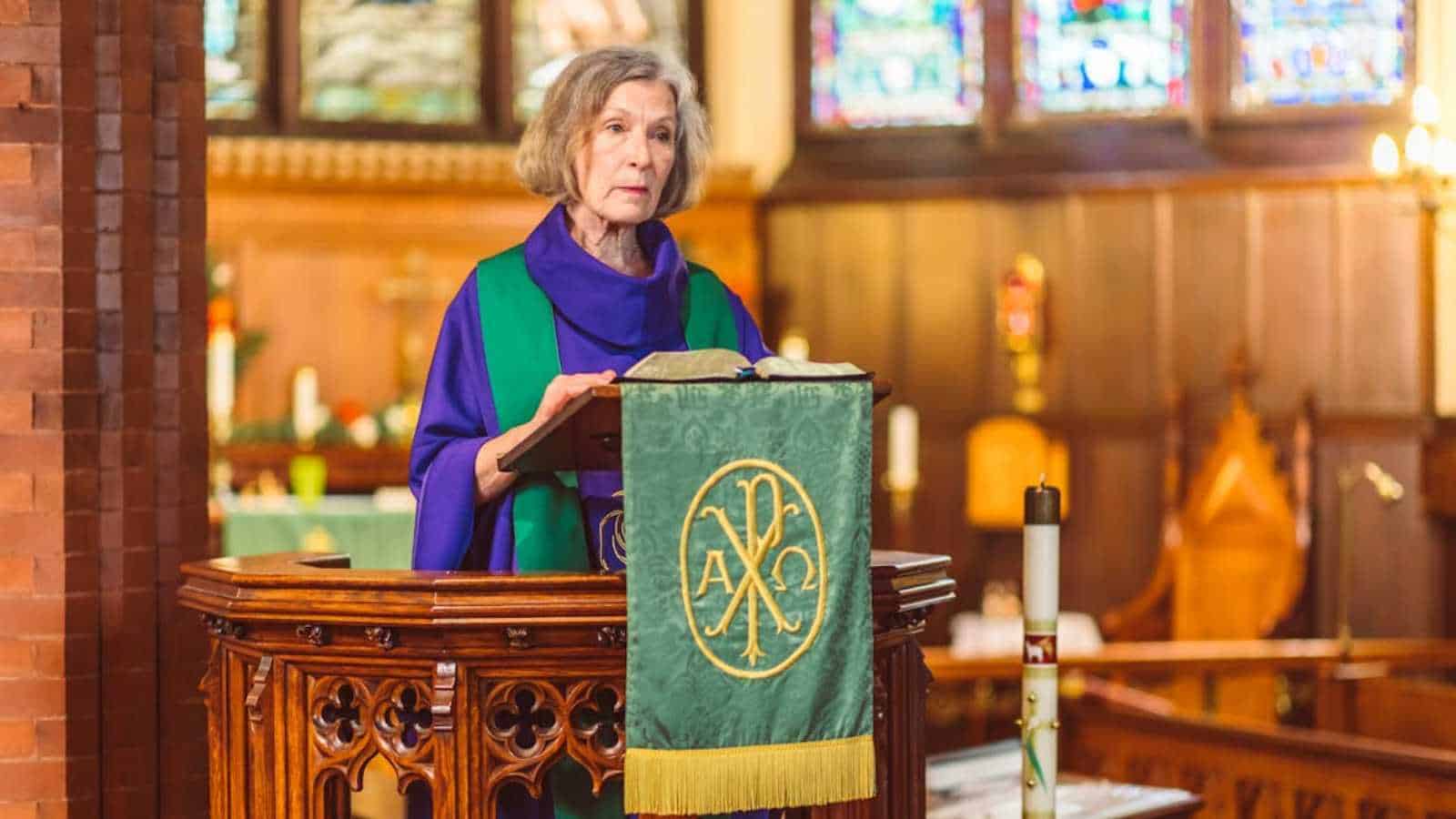13 Mormon Practices That Are Deeply Misunderstood (And What They Really Mean)
You’ve probably spotted the clean-cut guys biking through your neighborhood or seen the viral “MomTok” drama, but the actual day-to-day life of a Latter-day Saint is likely a mystery.
With over 17.5 million members globally as of 2024, the Church of Jesus Christ of Latter-day Saints is a massive, complex faith that often gets reduced to a few punchlines about polygamy and casseroles. But peel back the layers, and you find a religion wrestling with modernity, booming in Africa, and redefining what it looks like to be religious in the 21st century.
I’ve dug into the latest stats and expert insights to break down the practices that confuse outsiders the most. Whether you’re just curious or have a neighbor who keeps offering you zucchini, here’s the inside scoop on what’s really going on.
The “Sister Wives” confusion (polygamy)

Let’s rip the bandage off the big one first. Despite what reality TV suggests, members of the mainstream Church do not practice polygamy. The Church officially ended the practice in 1890, and today, practicing it gets you excommunicated faster than you can say “plural marriage”. The folks you see on shows like Sister Wives belong to fundamentalist splinter groups that broke away over a century ago.
However, the theology is a bit stickier. Latter-day Saints believe in eternal marriage, meaning relationships last forever. This creates a theological loophole where a man can be “sealed” (married for eternity) to a second wife after his first wife passes away, technically making a polygamous bond in the afterlife. It’s a messy historical hangover that even scholars like Richard Bushman admit creates deep cultural tension.
The “magic underwear” (garments)

Outsiders love to joke about “magic underwear,” but for members, the temple garment is deeply sacred. Think of it like a Jewish prayer shawl or a priest’s collar, but worn under street clothes. It serves as a private, daily reminder of covenants made with God to live a moral life. Calling it “magic” misses the point—it’s about spiritual commitment, not superstition.
Recently, this practice has undergone a significant shift in vibe. In 2024 and 2025, the Church released new designs, including sleeveless options for hot climates, acknowledging that the old “long johns” style wasn’t working for everyone. IMO, this flexibility shows the leadership is listening to younger generations who want to keep their covenants without melting in the summer heat.
The caffeine loophole (dirty soda)

You might think Mormons ban caffeine, but walk into a Swig or Fiiz in Utah, and you’ll see a line of minivans stretching around the block. The “Word of Wisdom” health code bans “hot drinks” (defined as coffee and tea), but it says nothing about cold caffeine. Enter the $70 million “dirty soda” industry, where members guzzle 44-ounce Diet Cokes spiked with coconut cream and lime.
This trend is fascinating because it creates a “vice substitution.” It allows members to participate in coffee shop culture without breaking their religious rules. Statistics show this market is exploding, with dirty soda shops expanding across the USA as a safe, sugar-fueled alternative to the local bar.
The “doomsday” pantry (food storage)

Ever seen a basement lined with buckets of wheat? It looks like doomsday prepping, but the goal is actually resilience. The Church advises members to keep a three-month supply of food to weather personal storms like job loss or illness, not just the apocalypse.
While some fringe “preppers” take this to extremes with bunkers and ammo, the average member just wants to avoid going hungry during a recession. It’s a practice of self-reliance that feels surprisingly relevant in today’s unstable economy. Honestly, who wouldn’t want a backup stash of mac and cheese when inflation hits?
Baptizing dead people (proxy baptism)

This one sounds wildly invasive to outsiders: Mormons performing baptisms for deceased ancestors. But here’s the twist—they believe the dead have agency. The ritual is viewed as an offering, giving the deceased soul the choice to accept or reject the baptism in the spirit world.
The Church has invested millions into FamilySearch, the world’s largest genealogical organization, to fuel this practice. They’ve also set strict firewalls to stop overzealous members from submitting names of Holocaust victims or celebrities, focusing instead on their own family trees. It’s less about forced conversion and more about making sure nobody gets left behind.
The 10% membership fee (tithing)

Paying 10% of your income to a church sounds steep, but for active Latter-day Saints, tithing is non-negotiable. It’s the ticket to enter the temple. The debate often rages over whether to pay on gross or net income, with leaders generally leaving that definition up to the individual.
Where does the money go? In 2023 alone, the Church reported $1.36 billion in humanitarian aid expenditures. While the Church’s massive investment portfolio (over $100 billion) draws criticism, the average member views their donation as a spiritual discipline to overcome selfishness rather than just paying the bills.
The nametag life (missionary service)

We’ve all seen the missionaries. But did you know the program is shifting? In 2024, the Church reported 74,127 full-time teaching missionaries, a massive rebound from the pandemic. But the real trend is the explosion of Service Missionaries—young people who live at home and volunteer at food banks or Church operations rather than proselytize.
This shift makes the rite of passage accessible to those with anxiety or health issues who previously would have been sidelined. It shifts the focus from “sales” to service, helping Gen Z members feel more aligned with their values.
Getting your own planet (exaltation)

Thanks to The Book of Mormon musical, everyone thinks Mormons believe they’ll get their own planet. The Church has actually clarified that this is a caricature. The doctrine is theosis—the belief that humans are children of God and can grow to become like Him.
Think of it less like Star Wars and more like growing up to be like your parents. The focus is on eternal progression and creating worlds, sure, but the “planet” language has been scrubbed from official teaching mainly to avoid sci-fi vibes.
Women and the priesthood (authority vs. keys)

Only men are ordained to priesthood offices, which leads to the critique that women are second-class citizens. However, recent rhetoric from leaders like President Dallin H. Oaks emphasizes that women exercise priesthood authority in their callings, even if they don’t hold the office.
Is this semantics? Maybe. But women lead massive organizations like the Relief Society and preach from the pulpit. The tension remains, but the conversation is evolving from “women can’t do that” to “women do that with authority, just differently.”
The Elders Quorum moving company (lay ministry)

Because there is no paid professional clergy at the local level, the members do everything. This leads to the legendary Elders Quorum Moving Company. If you move into a ward (congregation), a dozen guys you’ve never met will likely show up to load your truck.
It’s a practice that builds community through shared sweat. Scholar Patrick Mason notes that this “high-demand” religion works because it forces people to depend on one another. You can’t just sit in the pew; you have to lift the couch.
The “hangry” Sunday (fasting)

Once a month, usually on the first Sunday, members go without food or water for two meals (24 hours) and donate the money they saved to the poor. This is called Fast Sunday. If you visit a Mormon meeting on this day, expect low energy and some “hangry” toddlers.
The hunger serves a purpose: it’s a physical sacrifice to build spiritual discipline and empathy for the poor. It turns a spiritual concept into a visceral, grumbling-stomach reality.
Mormon horoscopes (patriarchal blessings)

Every member has the chance to receive a Patriarchal Blessing, a written document given by a specific local leader that offers personal guidance for their life. Outsiders might view it as fortune-telling, but members see it as personal scripture.
Unlike a horoscope, it doesn’t predict lucky numbers. It usually outlines spiritual lineage and vague future promises (mission, marriage, career) contingent on faithfulness. It’s a roadmap they return to for decades, looking for direction during life’s pivots.
Follow the prophet (infallibility vs. sustaining)

Finally, there’s the idea that the Prophet is infallible. While the culture shouts “Follow the Prophet,” the doctrine actually admits that leaders make errors. Leader Dieter F. Uchtdorf famously stated, “Mistakes have been made” by past leaders.
The practice of “sustaining” leaders is about supporting them despite their imperfections, not believing they are perfect. It’s a constant tug-of-war between obedience and individual conscience that every member navigates.
Key Takeaway

Mormonism is a high-demand, high-commitment faith that asks for your money, your diet, your wardrobe, and your weekends. While practices like “dirty soda” or the “moving company” might seem quirky, they create a sticky, resilient community that is rare in our lonely modern world.
FYI: Next time you see those missionaries, remember they’re just kids paying their own way to share something they love—and they’d probably appreciate a cold soda (caffeine optional).
Disclosure: This article was developed with the assistance of AI and was subsequently reviewed, revised, and approved by our editorial team.
13 Things Even Atheists Could Take Away From Reading The Bible

13 Things Even Atheists Could Take Away From Reading The Bible
Whether a devout believer or a card-carrying atheist, the Bible offers something for everyone with its compelling narratives and profound wisdom. Now, you may be thinking, “Wait, I’m an atheist. What could I possibly glean from a book steeped in religious doctrine?” Well, stick around, dear skeptic.
13 Common Misconceptions About Living The Christian Life

13 Common Misconceptions About Living The Christian Life
Like any significant belief system, Christianity is often misunderstood, not only by those outside its faith but sometimes even by its adherents. Here, we aim to clarify 13 common misconceptions about Christian life, helping to deepen understanding and appreciation of this faith’s true essence.







